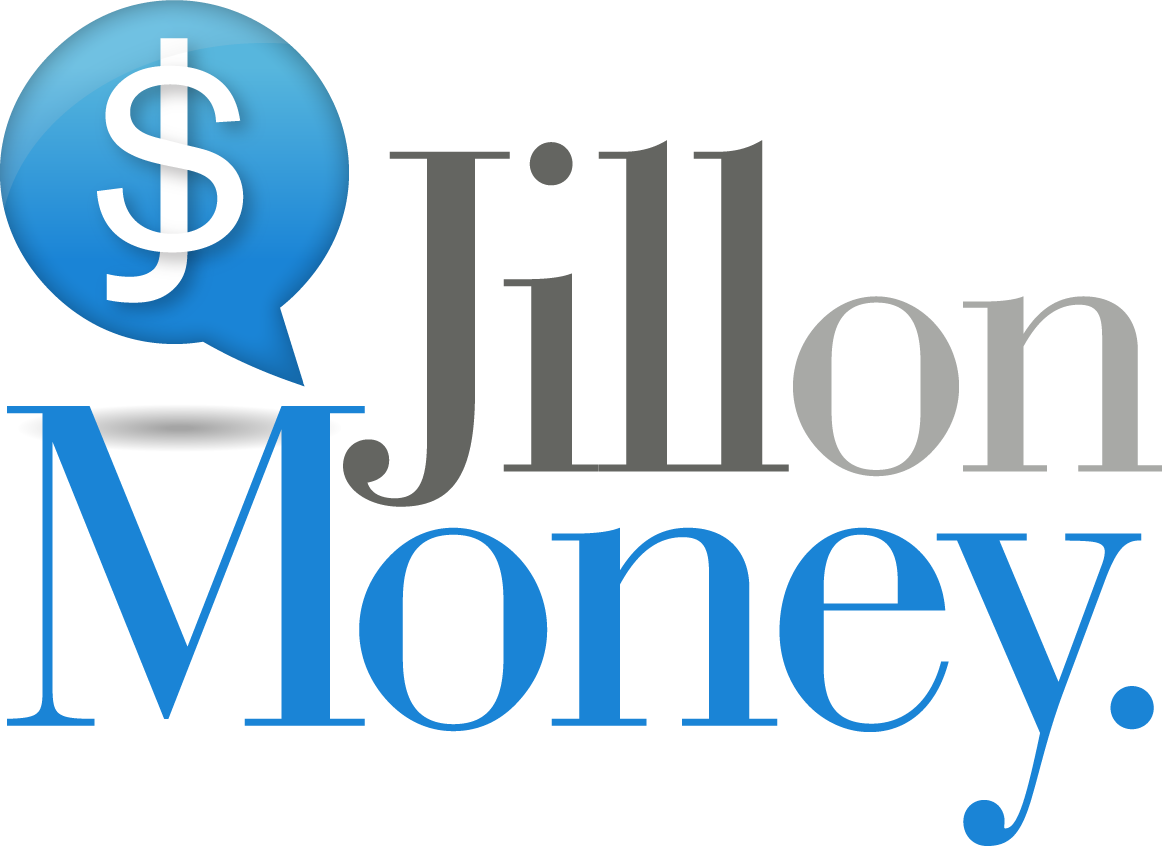Three different producers contacted me about the following headline, which appeared last week in the Wall Street Journal: “Inverted Yield Curve Is Telling Investors What They Already Know.” You may be forgiven for that case of déjà vu, because we last discussed the inverted yield curve in December. Here’s a refresher from my post on the topic:
Read MoreLast week, the Federal Reserve decided not to raise interest rates. The more dovish Fed outlook pushed down interest rates, which led mortgage rates to 14-month lows. The current 30-year fixed rate loan stands at just under 4.3 percent, just in time for the spring home buying season.
Read MoreWith just one trading session left in the year, it’s time to take a deep breath, look back and learn eight important lessons from 2018.
Read MoreThe news cycle can teach us important economic and personal finance lessons. Here are my picks for 2018. Happy New Year!
Read MoreIt was an exhausting week for investors, even though there were only four trading sessions. Monday’s U.S.-China 90-day trade “time out” stock bounce was dwarfed by big sell-offs throughout the rest of the week. The drubbing began after the President’s tweet that he is a “tariff man,” shortly followed by another, which questioned whether a “real deal” with Beijing is actually possible.
Read MoreTwo words from Fed Chair Jerome Powell moved markets last week: “JUST BELOW.” He was talking about short-term interest rates, which are just below neutral, a Goldilocks level that is designed to neither speed up-nor slow down-economic growth. Powell’s assessment was a change from a comment he made in early October, when he said rates were a “long way” from neutral.
Read MoreInvestors have rediscovered market volatility. After a relatively placid three months, when stocks did not move more than one percent in either direction, the October sell off has reminded everyone why investing remains a dangerous activity.
Read MorePresident Trump is not happy with the Federal Reserve. In an interview with CNBC, he said that while he put a “very good man” at the helm of the central bank (Jerome Powell), he’s “not thrilled” that interest rates are rising. The remarks got a lot of attention, because for the past twenty years or so, presidents and administration officials have abstained from commenting on the Fed’s monetary policy to preserve the central bank’s independence from partisan pressure.(For more on the complicated relationship between the Fed and Congress, check out my interview with author and Fed expert, Mark Spindel.)
Read MoreWith the release of the Labor Department's June employment report, it’s time to assess how the economy is doing, six months into 2018.
Read More








